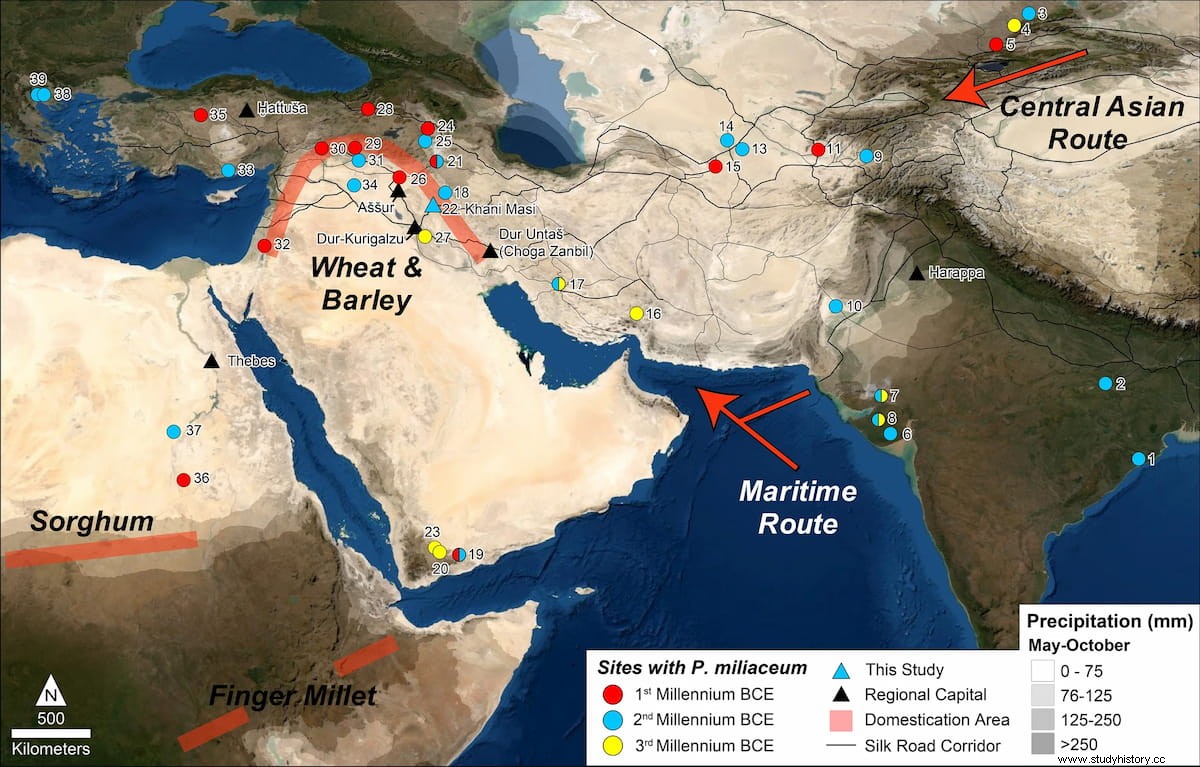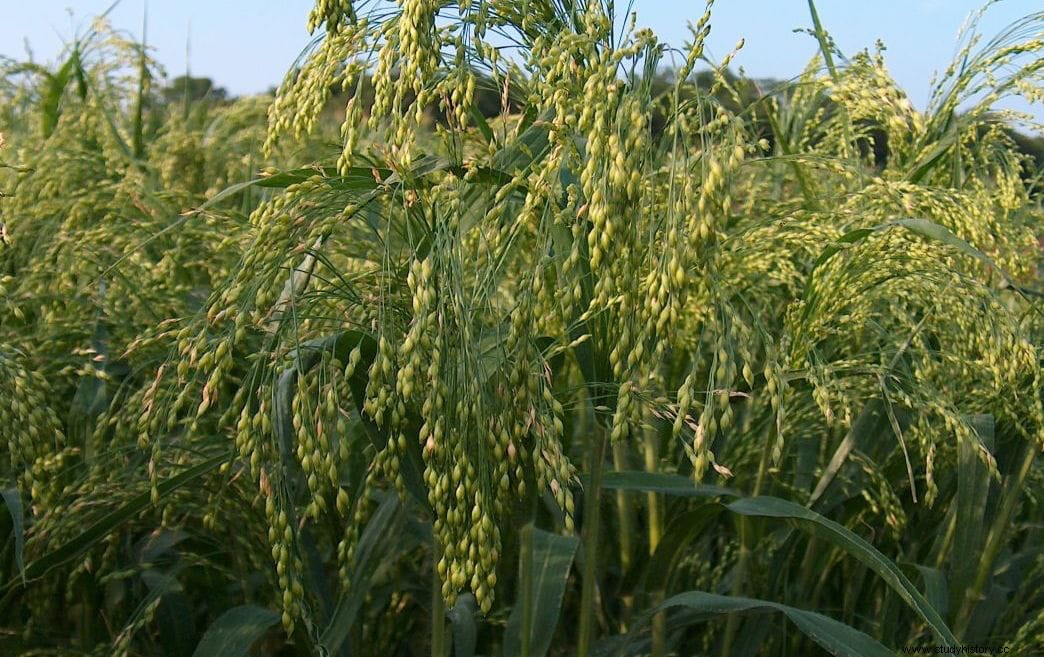Researchers at Rutgers University (New Jersey) have discovered the first definitive evidence of the presence of common millet (Panicum miliaceum ) in ancient Iraq, challenging our understanding of early human agricultural practices. Their findings appear in the journal Scientific Reports .
Overall, the presence of millet in ancient Iraq during this time period challenges the accepted narrative of agricultural development in the region, as well as our models of how ancient societies provisioned said Elise Laugier, an environmental archaeologist in the School of Arts and Sciences at Rutgers University-New Brunswick.
Common millet is an incredibly robust, fast-growing and versatile summer crop that was first domesticated in East Asia, Laugier added. The researchers analyzed microscopic plant remains (phytoliths) from Khani Masi, a site from the mid-2nd millennium B.C. (c. 1500-1100 BC) located in the Kurdistan region of Iraq.

The presence of this East Asian crop in ancient Iraq highlights the interconnected nature of Eurasia during this time, adding to our understanding of early food globalization Laugier said. Our discovery of millet, and thus evidence of summer farming practices, also forces us to reconsider the capacity and resilience of the agricultural systems that supported and supplied the early cities, states and empires of Mesopotamia .
The discovery of common millet in ancient Mesopotamia was surprising for environmental and historical reasons. Until now, researchers thought that millet was not cultivated in Iraq until the construction of imperial irrigation systems in the late first millennium BC. Millet generally requires summer rainfall to grow, but Southwest Asia has a wet winter, dry summer climate, and agricultural production is based almost entirely on winter crops such as wheat and barley.
Agricultural production is believed to be the basis of sustenance and provisioning for Mesopotamian cities, states and empires. The researchers' new evidence that crops and food were, in fact, produced in the summer months means that previous studies likely underestimated the capacities and resilience of ancient agricultural food system societies in semi-arid ecosystems.

The new study is also part of growing archaeological research showing that agricultural innovation in the past was a local initiative, adopted as part of diversification strategies long before they were used in imperial agricultural intensification regimes, new information which could have an impact on how agricultural innovations progress today.
Although millet is not a common or preferred food in semi-arid Southwest Asia or the United States today, it remains common in other parts of Asia and Africa Laugier said. Millet is a hearty, fast-growing, low-water-requiring, nutritious, gluten-free grain that could have great potential to increase the resilience of our semi-arid food systems. Today's agricultural innovators should consider investing in more diverse and resilient food systems, just as the people of ancient Mesopotamia did .
Laugier, a visiting scientist at Rutgers who got her Ph.D. and began her research on this topic at Dartmouth College, said the research team hopes phytolith analysis will become more common in the study of ancient Iraq because it could challenge assumptions about the history and practice of agriculture in the region. Research on phytoliths continues in collaboration with Dan Cabanes, a professor of anthropology at the Rutgers-New Brunswick College of Arts and Sciences.
